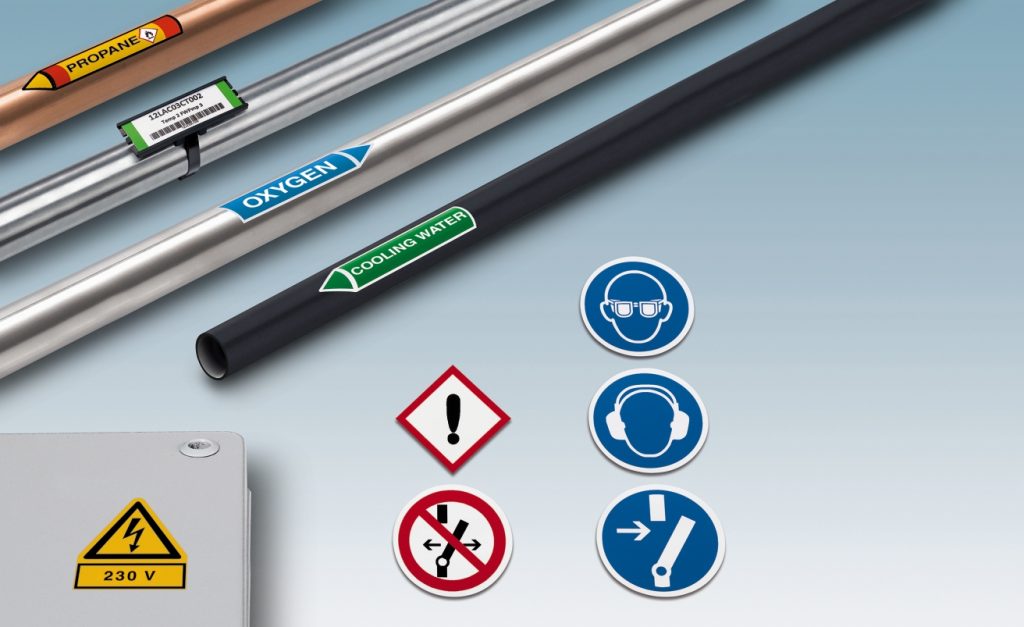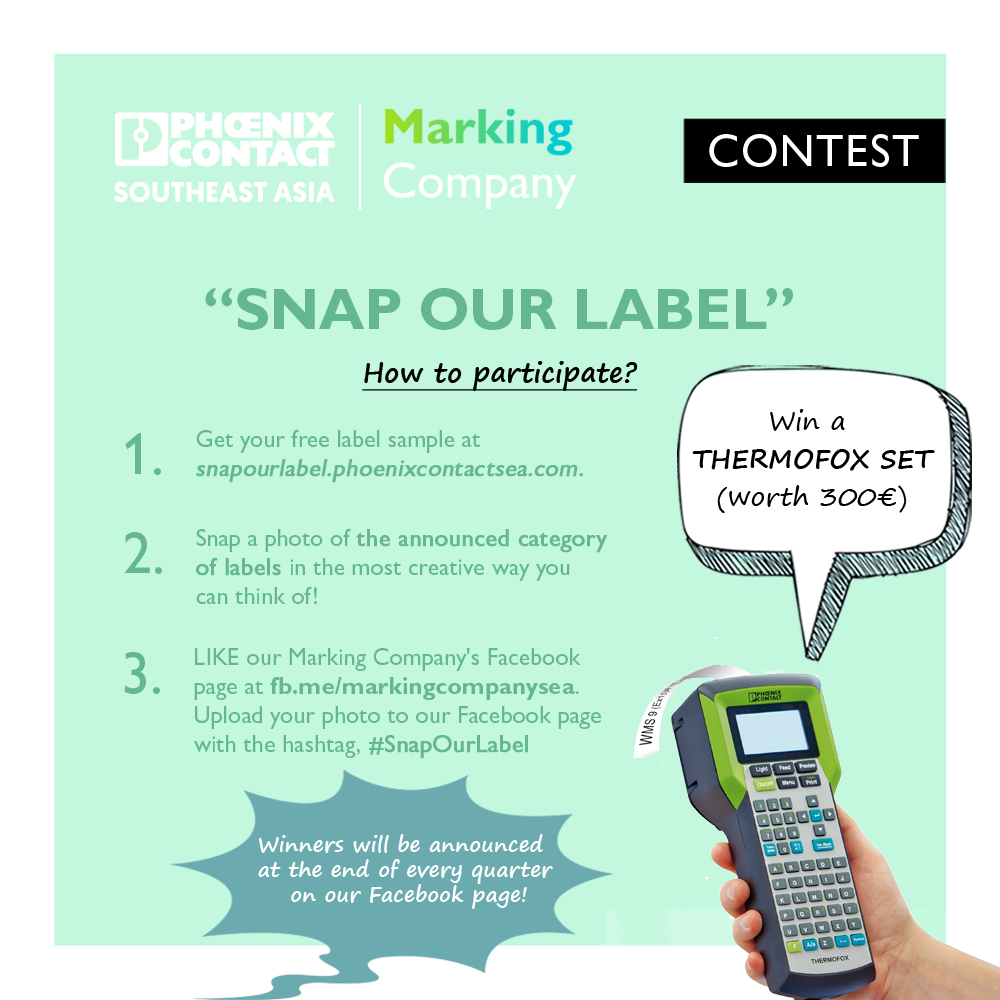Barcodes are machine-readable patterns that we see in most packaging for certain items. Especially today, when mass production is everywhere, barcodes are a big help to ease the production process. The data contained within barcodes allow users to identify, inform, or can even be used for marketing purposes.
We see such images on the streets nowadays. QR-codes are used to market the company’s products, barcodes on all products we purchase; every one contains a lot of information. Have you ever wondered why there are so many different types, and why they are used in that instance?
Don’t be afraid to say that you do not really know much about barcodes or data capture technology. Most of us know barcodes from their experience in retail shopping where the linear barcodes stated on the item purchased will capture the correct pricing when it goes through the scanner.
Barcodes are more than just that. It is an impressive solution to workflow headaches and process slowdowns, and provides big data answers enterprise-wide. Each barcode provides real-time information, and it plays an important role in businesses. With over 40 different barcode types out there, each with a specific purpose, it can be a little confusing how to differentiate and understand each purpose.
Before we look at the different barcodes, you need to know that there are 2 main categories for barcodes, One-Dimensional (1D) and Two-Dimensional (2D) barcodes.

An example of a 1D barcode
1D barcodes are called linear because the information placed is in a linear line, holding a dozen numeric or alphanumeric characters, represented by this spacing of parallel vertical lines. The entire barcode needs to fit within the reader’s range to decode. They are found commonly on consumer goods.

An example of a 2D barcode
2D barcodes are omnidirectional, and are able to contain large amounts of data both vertically and horizontally. Information is in matrix style and is highly secured. This type of barcode requires more sophisticated decoding software.
Here is a list of the common barcode types and where they are commonly used:
Code 128: This type of barcode is typically used in logistics, transportation and shipping industries. Code 128 is a versatile, high-density, variable-length barcode that can store diversified information as they can support letters, numbers and a variety of other ASCII characters. It complies with International Standard ISO/IEC 15417.
CODE 39: They are used to label goods across the automotive industry, defence department, and identification cards. Code39 barcodes are alphanumeric codes, that could only encode 39 characters (as the name suggests), which makes it less compact than Code 128. It complies with international standard ISO/IEC 16388
Codabar: Codabar is able to contain limited characters/numbers/symbols. It is an out-dated type of barcode used mainly in libraries, blood banks and overnight packaging industries. The main benefit is that it is easy to print and highly tolerant of minor printing imperfections.
EAN13: Worldwide usage in retail goods marking, and comply to International Standard ISO/IEC 15420. It encodes 13 characters, with the first 2 or 3 being country codes where the manufacturer is registered.
EAN-8: It is a shortened version of the EAN-13 code. It includes a 2 or 3 digit country code. The data digits in an EAN-8 symbol specifically identify a particular product and manufacturer. Since a limited number of EAN-8 codes are available in each country, they are issued only for products with insufficient space for a normal EAN-13 symbol. For example, a 2-digit country code permits a total of only 100,000 item numbers.
UPC-A: UPC stands for Universal Product Code. It is used for worldwide retail, and complies with International Standard ISO/IEC 15420. It identifies the manufacturer, and specific products, so that the register systems can automatically find the prices.
QR-Code: A matrix code that allows encoding of different characters, URL, music and images. This is frequently used to be scanned with smartphones.
After knowing the different types of barcodes, it is important to have a solution that can read and decode the information. Have you met cases where the barcode readers cannot capture the data, when barcodes are damaged, tiny, rubbed off or torn?
Phoenix Contact printing software allows you to print all the different barcodes, and the best part is… It is free!
At the same time, you do not have to worry about the printing process as Phoenix Contact printers ensure you have a seamless, clear printing process. Additionally, we assure you that as with all our prints, they are scratch proof, water proof, oil and chemical resistant! You will always have readable barcodes!
Want to find out more? Feel free to contact us at marketing@phoenixcontact.com.sg!
















 By F.S. Church, published in Harper’s Weekly, January 17, 1874, p. 61. [Public domain]
By F.S. Church, published in Harper’s Weekly, January 17, 1874, p. 61. [Public domain]


